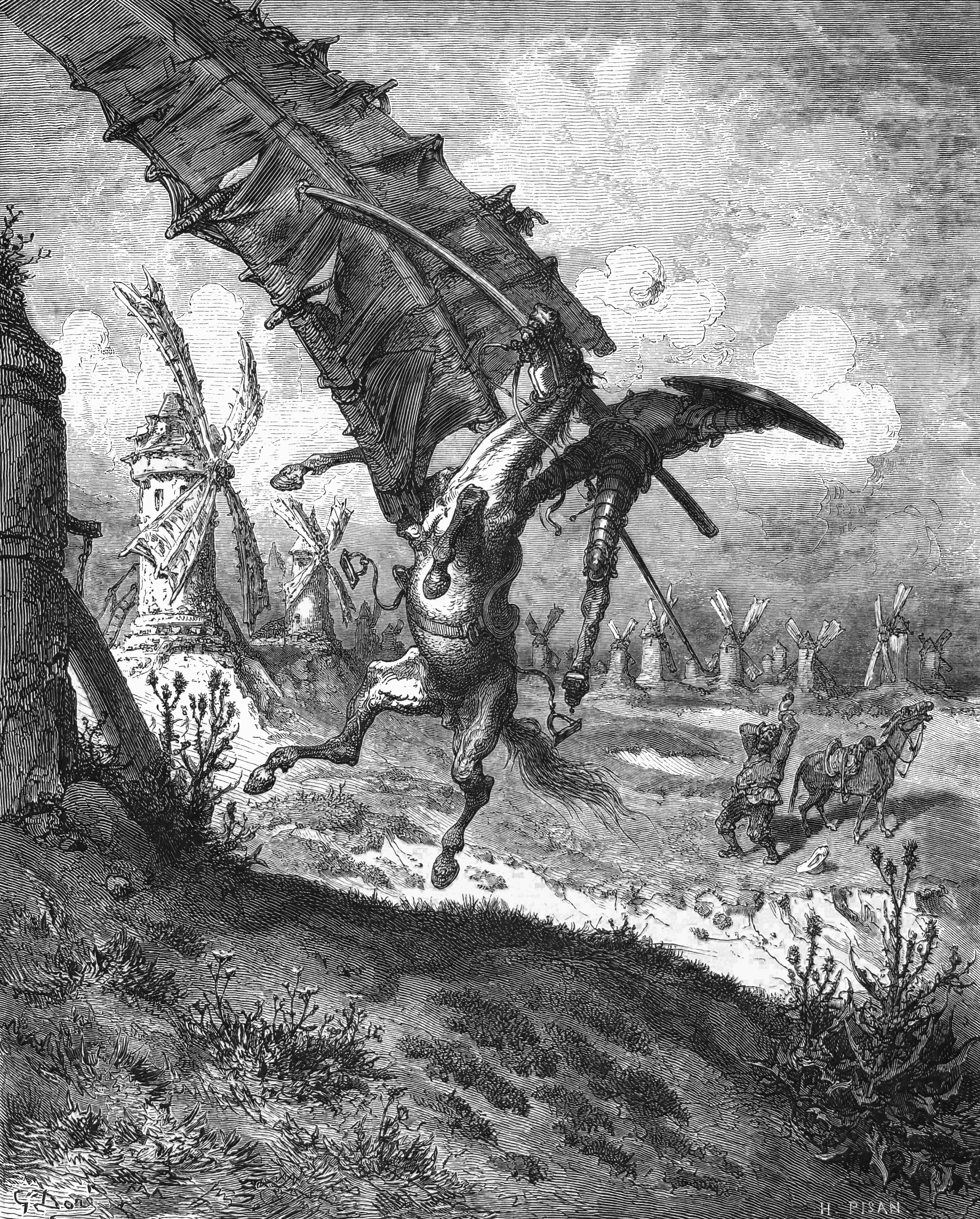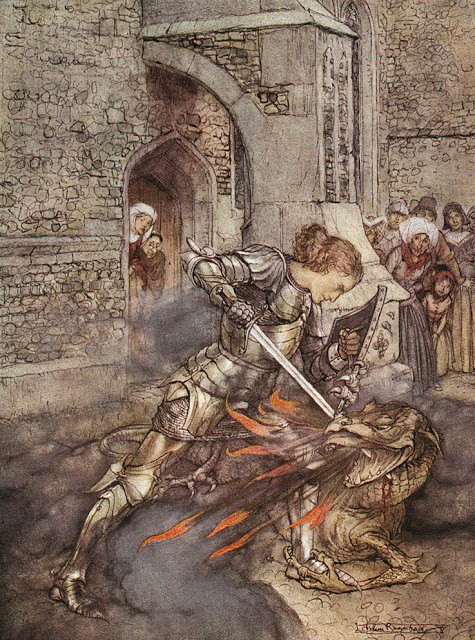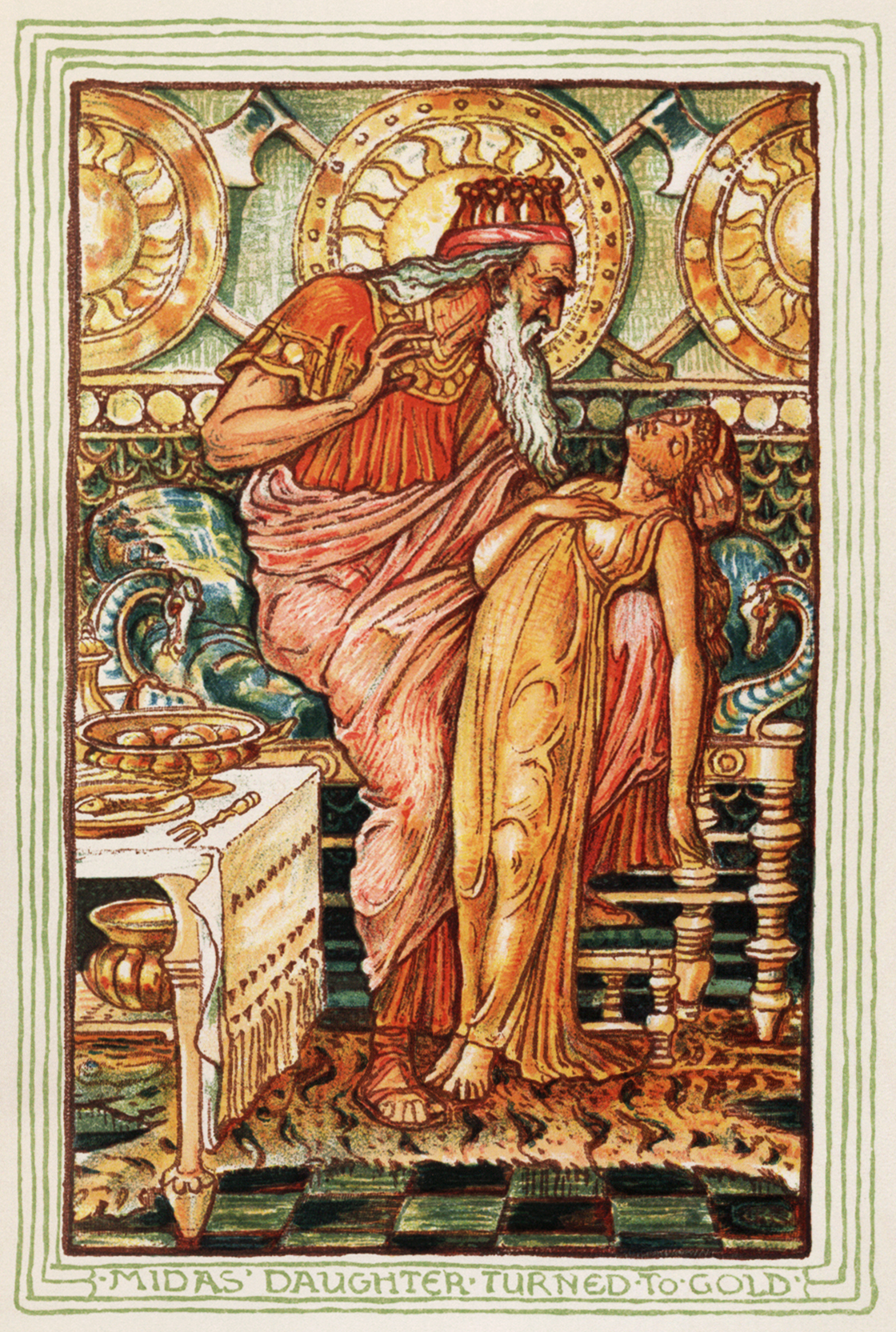|
Don Zara Del Fogo
''Don Zara del Fogo: a mock-romance'' is a 1656 book in prose and verse by the English author Samuel Holland. Book ''Don Zara del Fogo'' was written by Samuel Holland and printed by "T.W." for Thomas Vere in London in 1656. It was subtitled "a mock-romance / written originally in the Brittish tongue, and made English by a person of much honor, Basilius Musophilus ; with a marginall comment, expounding the hard things of the history". It is dedicated "to the most Nobly accomplished, ROBERT, THOMAS, and JOHN SPENCER, Esquires". It was reprinted in 1656 under the title ''Wit and fancy in a maze''. The book was then published in 1660 under the title of ''Romancio-Mastrix''. Another edition was published in 1719; it was titled ''The Spaniard: Or, Don Zara del Fogo: Translated From the Original Spanish by Basilius Musophilus''. The text, a pastiche of Spanish romances such as ''Don Quixote'', is in three "books", each of six chapters, containing a combination of prose and verse. C ... [...More Info...] [...Related Items...] OR: [Wikipedia] [Google] [Baidu] |
Pastiche
A pastiche is a work of visual art, literature, theatre, music, or architecture that imitates the style or character of the work of one or more other artists. Unlike parody, pastiche pays homage to the work it imitates, rather than mocking it. The word is a French cognate of the Italian noun , which is a pâté or pie-filling mixed from diverse ingredients. Metaphorically, and describe works that are either composed by several authors, or that incorporate stylistic elements of other artists' work. Pastiche is an example of eclecticism in art. Allusion is not pastiche. A literary allusion may refer to another work, but it does not reiterate it. Moreover, allusion requires the audience to share in the author's cultural knowledge. Both allusion and pastiche are mechanisms of intertextuality. By art Literature In literary usage, the term denotes a literary technique employing a generally light-hearted tongue-in-cheek imitation of another's style; although jocular, it is ... [...More Info...] [...Related Items...] OR: [Wikipedia] [Google] [Baidu] |
Chivalric Romance
As a literary genre, the chivalric romance is a type of prose and verse narrative that was popular in the noble courts of High Medieval and Early Modern Europe. They were fantastic stories about marvel-filled adventures, often of a chivalric knight-errant portrayed as having heroic qualities, who goes on a quest. It developed further from the epics as time went on; in particular, "the emphasis on love and courtly manners distinguishes it from the ''chanson de geste'' and other kinds of epic, in which masculine military heroism predominates." Popular literature also drew on themes of romance, but with ironic, satiric, or burlesque intent. Romances reworked legends, fairy tales, and history to suit the readers' and hearers' tastes, but by c. 1600 they were out of fashion, and Miguel de Cervantes famously burlesqued them in his novel ''Don Quixote''. Still, the modern image of "medieval" is more influenced by the romance than by any other medieval genre, and the word ''medieva ... [...More Info...] [...Related Items...] OR: [Wikipedia] [Google] [Baidu] |
Don Quixote
is a Spanish epic novel by Miguel de Cervantes. Originally published in two parts, in 1605 and 1615, its full title is ''The Ingenious Gentleman Don Quixote of La Mancha'' or, in Spanish, (changing in Part 2 to ). A founding work of Western literature, it is often labelled as the first modern novel and one of the greatest works ever written. ''Don Quixote'' is also one of the most-translated books in the world. The plot revolves around the adventures of a member of the lowest nobility, an hidalgo from La Mancha named Alonso Quijano, who reads so many chivalric romances that he either loses or pretends to have lost his mind in order to become a knight-errant () to revive chivalry and serve his nation, under the name . He recruits a simple farmer, Sancho Panza, as his squire, who often employs a unique, earthy wit in dealing with Don Quixote's rhetorical monologues on knighthood, already considered old-fashioned at the time, and representing the most droll realism in contr ... [...More Info...] [...Related Items...] OR: [Wikipedia] [Google] [Baidu] |
Lancelot Of The Lake
Lancelot du Lac (French for Lancelot of the Lake), also written as Launcelot and other variants (such as early German ''Lanzelet'', early French ''Lanselos'', early Welsh ''Lanslod Lak'', Italian ''Lancillotto'', Spanish ''Lanzarote del Lago'', and Welsh ''Lawnslot y Llyn''), is a character in some versions of Arthurian legend, where he is typically depicted as King Arthur's close companion and one of the greatest Knights of the Round Table. In the French-inspired Arthurian chivalric romance tradition, Lancelot is an orphaned son of King Ban of the lost Kingdom of Benoic, raised in the fairy realm by the Lady of the Lake. A hero of many battles, quests and tournaments, and famed as a nearly unrivalled swordsman and jouster, Lancelot becomes the lord of the castle Joyous Gard and personal champion of Arthur's wife, Queen Guinevere, despite suffering from frequent and sometimes prolonged fits of madness. But when his adulterous affair with Guinevere is discovered, it causes a ci ... [...More Info...] [...Related Items...] OR: [Wikipedia] [Google] [Baidu] |
Saint George
Saint George (Greek: Γεώργιος (Geórgios), Latin: Georgius, Arabic: القديس جرجس; died 23 April 303), also George of Lydda, was a Christian who is venerated as a saint in Christianity. According to tradition he was a soldier in the Roman army. Saint George was a soldier of Cappadocian Greek origin and member of the Praetorian Guard for Roman emperor Diocletian, who was sentenced to death for refusing to recant his Christian faith. He became one of the most venerated saints and megalomartyrs in Christianity, and he has been especially venerated as a military saint since the Crusades. He is respected by Christians, Druze, as well as some Muslims as a martyr of monotheistic faith. In hagiography, as one of the Fourteen Holy Helpers and one of the most prominent military saints, he is immortalized in the legend of Saint George and the Dragon. His memorial, Saint George's Day, is traditionally celebrated on 23 April. Historically, the countries of England, Ukrai ... [...More Info...] [...Related Items...] OR: [Wikipedia] [Google] [Baidu] |
Sir Topaz
Sir Thopas is one of ''The Canterbury Tales'' by Geoffrey Chaucer, published in 1387. The tale is one of two—together with The Tale of Melibee—told by the fictive Geoffrey Chaucer as he travels with the pilgrims on the journey to Canterbury Cathedral. The tale concerns the adventures of the knight "Sir Thopas" and his quest to win the elf-queen. Frame The tale is one of two told by the fictive Chaucer, along with the Tale of Melibee, who figures as one of the pilgrims who are on a journey to the shrine of Thomas Becket in Canterbury Cathedral. The pilgrims are involved in a story-telling contest at the behest of the Host (Middle English: ''Hooste''), Harry Bailly, the winner of which will receive a free meal at The Tabard Inn on their return. ''Sir Thopas'' comes after the '' Prioress's Tale'', a poem which is exemplary of the ''miracle of the Virgin'' genre and which tells the story of a child martyr killed by Jews. Seemingly wishing to counter the sombre mood that this tale ... [...More Info...] [...Related Items...] OR: [Wikipedia] [Google] [Baidu] |
Elves
An elf () is a type of humanoid supernatural being in Germanic mythology and folklore. Elves appear especially in North Germanic mythology. They are subsequently mentioned in Snorri Sturluson's Icelandic Prose Edda. He distinguishes "light elves" and "dark elves". The dark elves create new blond hair for Thor's wife Sif after Loki had shorn off Sif's long hair. In medieval Germanic-speaking cultures, elves generally seem to have been thought of as beings with magical powers and supernatural beauty, ambivalent towards everyday people and capable of either helping or hindering them. However, the details of these beliefs have varied considerably over time and space and have flourished in both pre-Christian and Christian cultures. Sometimes elves are, like dwarfs, associated with craftmanship. Wayland the Smith embodies this feature. He is known under many names, depending on the language in which the stories were distributed. The names include ''Völund'' in Old Norse, ''W� ... [...More Info...] [...Related Items...] OR: [Wikipedia] [Google] [Baidu] |
King Midas
Midas (; grc-gre, Μίδας) was the name of a king in Phrygia with whom several myths became associated, as well as two later members of the Phrygian royal house. The most famous King Midas is popularly remembered in Greek mythology for his ability to turn everything he touched into gold. This came to be called the ''golden touch'', or the ''Midas touch''. The legends told about this Midas and his father Gordias, credited with founding the Phrygian capital city Gordium and tying the Gordian Knot, indicate that they were believed to have lived sometime in the 2nd millennium BC, well before the Trojan War. However, Homer does not mention Midas or Gordias, while instead mentioning two other Phrygian kings, Mygdon and Otreus. The Phrygian city Midaeum was presumably named after him, and this is probably also the Midas that according to Pausanias founded Ancyra (today known as Ankara). Another King Midas ruled Phrygia in the late 8th century BC. Most historians believe this Mi ... [...More Info...] [...Related Items...] OR: [Wikipedia] [Google] [Baidu] |
Oxford English Dictionary
The ''Oxford English Dictionary'' (''OED'') is the first and foundational historical dictionary of the English language, published by Oxford University Press (OUP). It traces the historical development of the English language, providing a comprehensive resource to scholars and academic researchers, as well as describing usage in its many variations throughout the world. Work began on the dictionary in 1857, but it was only in 1884 that it began to be published in unbound fascicles as work continued on the project, under the name of ''A New English Dictionary on Historical Principles; Founded Mainly on the Materials Collected by The Philological Society''. In 1895, the title ''The Oxford English Dictionary'' was first used unofficially on the covers of the series, and in 1928 the full dictionary was republished in 10 bound volumes. In 1933, the title ''The Oxford English Dictionary'' fully replaced the former name in all occurrences in its reprinting as 12 volumes with a one-v ... [...More Info...] [...Related Items...] OR: [Wikipedia] [Google] [Baidu] |
Gentleman
A gentleman (Old French: ''gentilz hom'', gentle + man) is any man of good and courteous conduct. Originally, ''gentleman'' was the lowest rank of the landed gentry of England, ranking below an esquire and above a yeoman; by definition, the rank of ''gentleman'' comprised the younger sons of the younger sons of peers, and the younger sons of a baronet, a knight, and an esquire, in perpetual succession. As such, the connotation of the term ''gentleman'' captures the common denominator of gentility (and often a coat of arms); a right shared by the peerage and the gentry, the constituent classes of the British nobility. Therefore, the English social category of ''gentleman'' corresponds to the French ''gentilhomme'' (nobleman), which in Great Britain meant a member of the peerage of England. In that context, the historian Maurice Keen said that the social category of gentleman is "the nearest, contemporary English equivalent of the ''noblesse'' of France." In the 14th century, th ... [...More Info...] [...Related Items...] OR: [Wikipedia] [Google] [Baidu] |
Bodleian Library
The Bodleian Library () is the main research library of the University of Oxford, and is one of the oldest libraries in Europe. It derives its name from its founder, Sir Thomas Bodley. With over 13 million printed items, it is the second-largest library in Britain after the British Library. Under the Legal Deposit Libraries Act 2003, it is one of six legal deposit libraries for works published in the United Kingdom, and under Irish law it is entitled to request a copy of each book published in the Republic of Ireland. Known to Oxford scholars as "Bodley" or "the Bod", it operates principally as a reference library and, in general, documents may not be removed from the reading rooms. In 2000, a number of libraries within the University of Oxford were brought together for administrative purposes under the aegis of what was initially known as Oxford University Library Services (OULS), and since 2010 as the Bodleian Libraries, of which the Bodleian Library is the largest comp ... [...More Info...] [...Related Items...] OR: [Wikipedia] [Google] [Baidu] |








